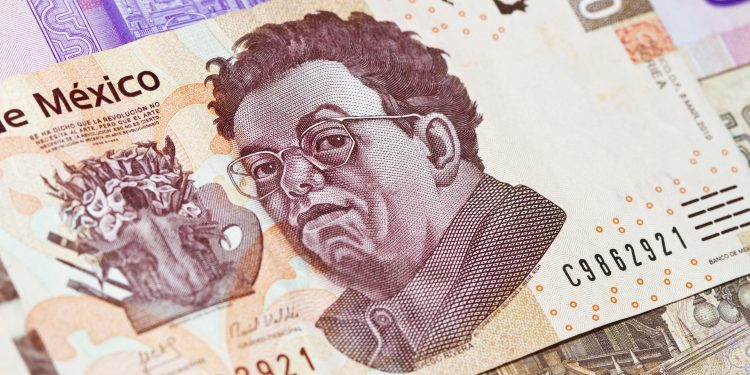Following the negotiations and voting over plans for next year’s budget, the Mexican government has announced a number of tax changes that are to go into effect in 2014.
One of the most notable—and one of the most controversial—was the decision to raise the value-added tax (IVA) in border areas from 11% to 16%, and bring the rate into line with the rest of the country. The opposition PAN party, which tends to have a strong standing in the affected northern border states, was sufficiently annoyed by the measure as to storm out of the Senate after its rejection of the change was voted down by the ruling party and the left-wing opposition.
The border states didn’t quite see it as a matter of “bringing in line” the tax — homologación — with the rest of the country, and during the negotiations and debates they referred to it as a 5% increase in tax. The principal argument against it was that it would put businesses on the Mexican side of the border at a disadvantage to competitors on the U.S. side, where the sales tax is lower. The federal government, which strove to put a progressive face on the tax increases, especially as it was the left that supported them in Congress, argued two things: that it was unfair for Mexicans in poorer states to have to pay 16% while the generally more prosperous border residents pay just 11%, but also that prices of consumer goods in the border areas are the same as elsewhere in the country, and so it was the producers and/or retailers who were pocketing the difference. Obviously only one of the two arguments can be right at any one time, and it appears that the latter was the prevalent one.
One other thing that might affect border areas was removing the value-added tax exemption for maquiladora assembly plants, except for those that show they are exporting the goods they assemble, and not taking advantage of the benefit to sell their production in Mexico.
The tax reform had some colorful aspects to it (from a consumer-recognition point of view). Although the idea of charging the value-added tax on all processed food wasn’t even included in the government plan, some new food taxes were included, specifically on soft drinks made with sugar or fructose, and junk food such as sweet and salty snacks. The soda tax was set at one peso per liter and the junk food tax at 8%. It could and surely will be argued that the health problems related to sugar consumption is a matter of excess, and that the tax is unlikely to change people’s eating habits. Time will tell; and meanwhile the famous sweetbread-and-soda student breakfast of “Gansito y Coca” will go up.
On the other hand, a proposal to tax home sales and home rents, and another to eliminate deductions of interest on mortgage loans, as well as a proposed tax on private school fees, were rejected out of hand by all sides in the Congress.
A number of income tax deductions were eliminated, and the maximum income tax rate was raised for people who earn more than 750,000 pesos a year from 30% to 32%. The highest rate was set at 35% for those on incomes of 3 million pesos or more per year, which apparently affects something like one fiftieth of one percent of the working population.
There was also a new 7.5% tax passed on earnings of mining companies, and an extra 0.5% on their sales of gold and silver.
All this is expected to bring the government an extra US$14 billion to spend next year, which is somewhat less than what it had originally banked on.
The overall effect of the tax reform will be to take just over 1% of GDP from the private sector and give it to the government to spend. A forecast budget deficit of 1.5% of GDP, to be borrowed, is expected to help the economy recover from this year’s measly growth of about 1%.
Notwithstanding the politics associated with the sugar and junk food taxes (which might have been influenced by a recent, widely publicized, report on the state of obesity in Mexico) the measures passed in this budget suggest that Mexico is edging away from an economy that is heavily dependent on oil revenues in favor of one where the state raises increasing revenue from broader economic activities.
See Also: Cost of Living in Mexico
Mexico in your inbox
Our free newsletter about Mexico brings you a monthly round-up of recently published stories and opportunities, as well as gems from our archives.

